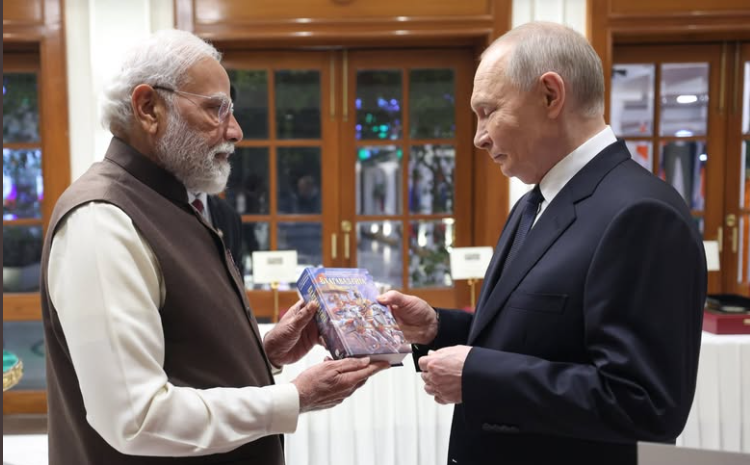India's 20th undersea cable to connect with Africa, Europe by Airtel
- InduQin
- Apr 3
- 3 min read
Bharti Airtel has landed the 2Africa Pearls subsea cable in Mumbai, connecting India to Africa and Europe via the Middle East. Part of the world’s longest subsea cable system, it delivers 100 Tbps data transfer. Airtel partnered with Meta and center3 for this project, following the SEA-ME-WE 6 cable launch in Chennai. Integrated with Nxtra data centers, these cables enhance connectivity and global reach. Airtel is expanding its cable network to bolster reliability and support India’s growing digital economy.

Bharti Airtel announced the landing of a new subsea cable in Mumbai on Monday, marking a significant step in connecting India to Africa and Europe via the Middle East. This cable is part of the 2Africa system, which, upon completion, will be the longest subsea cable system in the world, stretching over an impressive 45,000 kilometers.
The 2Africa Pearls cable, hailed as India’s 20th undersea cable, boasts a data transfer rate of 100 terabits per second (Tbps). Airtel collaborated with Meta, the social media powerhouse, and center3, a subsidiary of the Saudi Telecommunications Company, to lay this state-of-the-art cable.
Just a month ago, Airtel had announced the landing of the SEA-ME-WE 6 (Southeast Asia-Middle East-West Europe-6, or SMW6) optical fiber cable in Chennai. This extensive 21,700-kilometer system links India to Singapore and Marseilles, France, with a global capacity of 220 Tbps.
The 2Africa Pearls system is expected to empower businesses by enabling seamless access to international connectivity and data center services, according to Airtel. These cables are integrated with Nxtra by Airtel, the company’s data center arm, ensuring robust connectivity through its facilities.
Airtel emphasized its commitment to expanding its global cable network, which spans 400,000 route kilometers across 50 countries and five continents. “We will continue investing in global cable systems and future-proof our network with an aim to deliver high uptime, reliability, and superior quality network to our customers,” said Sharat Sinha, Director & CEO of Airtel Business.
Subsea cables play a pivotal role in global telecommunications, carrying nearly 99% of internet traffic and supporting essential services like commerce, finance, government functions, digital health, and education. By 2024, over 500 active cable systems were transmitting enormous amounts of data worldwide. Despite being the largest data-generating nation and home to over 152 data centers, India relied on just 18 undersea cables until recently.
However, challenges persist in maintaining this critical infrastructure. Bharti Airtel’s Chief Regulatory Officer Rahul Vatts highlighted the difficulties in repairing subsea cables due to increasing damages caused by fishing activities. “The approval needed to get a repair ship to India takes six months. It requires officials from the Department of Telecommunications to be present on the ship when maintenance is going on,” he explained.
Vatts also pointed out the complexities of reporting cable repairs within or outside India’s Economic Zone, which drives up costs and creates confusion. He recommended that the government reduce license fees for cable landing systems and provide tax incentives on imports to support the industry.
Airtel’s investments in 34 global cable systems underscore its dedication to enhancing global connectivity. Recent projects include the Southeast Asia-Japan Cable 2 and Equiano, along with major systems like i2i Cable Network, Europe India Gateway, IMEWE, SEA-ME-WE-4, AAG, Unity, EASSy, Gulf Bridge International, and the Middle East North Africa Submarine Cable.
This latest milestone strengthens Airtel’s position as a leader in global telecommunications while reinforcing India’s role in the digital economy.







Comments